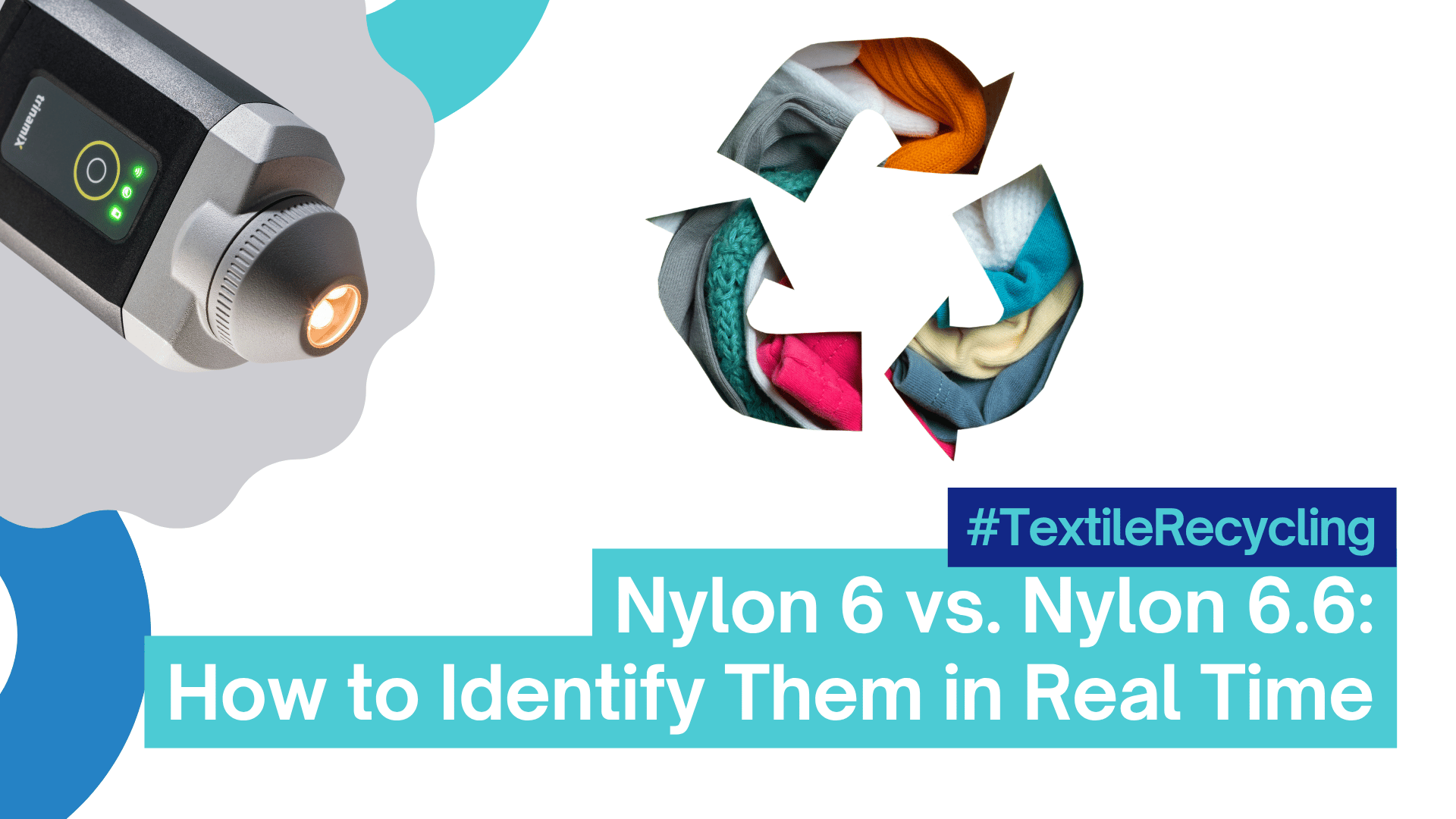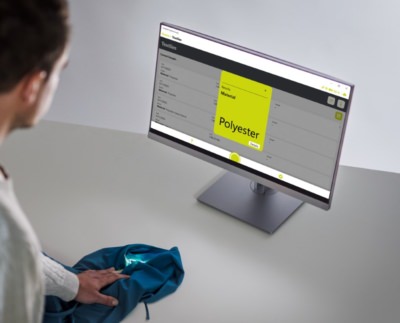When it comes to recycling textiles and carpets, few distinctions matter more than Nylon 6 vs. Nylon 6.6. These two materials look and feel similar — but behave differently in processing, resale, and chemical compatibility.
For recyclers, correctly identifying them isn’t just a technical detail — it’s an economic necessity.
Why the Difference Matters
Nylon 6 and 6.6 have similar names, but different polymer structures and melting points. Mixing them in the same recycling stream can lead to contamination, reduced product quality, or rejected batches.
And yet, most sorting lines — especially smaller ones — lack the tools to distinguish them reliably in real time.
Traditional Methods: Slow, Costly, and Offline
Conventional approaches rely on lab testing like FTIR spectroscopy, which is accurate but time-consuming and expensive. It’s not feasible for on-site inspection or fast-paced sorting environments.
Some recyclers try burn tests or tactile cues, but these are subjective and far from foolproof.
Real-Time NIR Identification with trinamiX
trinamiX offers a specialized app for its PAL One handheld NIR scanner that finally solves this problem. It distinguishes Nylon 6 and Nylon 6.6 directly at the sorting point — with no lab or deep expertise required.
✔ Confidence-Level Output
The system doesn’t just say “PA6” or “PA66”. It delivers a high, medium, or low confidence score for each result — giving operators transparency and control.
✔ Color-Coded for Instant Sorting
- Dark green: PA6 – high confidence
- Dark red: PA6.6 – high confidence
- Light green/red: medium or low confidence
- Gray: inconclusive or PA not detected
Results are shown in the app within seconds, reducing hesitation and training requirements.
Who Needs This?
- Textile recyclers processing post-consumer or industrial Nylon goods
- Carpet recyclers dealing with polyamide-rich materials
- Quality inspectors verifying material purity before resale
Real-World Example: Carpet Recycling Without Guesswork
A German carpet sorting facility adopted the PA6/6.6 app to streamline bale verification. Previously reliant on external labs, they now identify polyamide types on-site — increasing daily throughput and reducing error rates.
The device fits in one hand. New staff can be trained in minutes. The system pays for itself by preventing just a few batches of incorrect sorting.
Getting Started
The Nylon 6 / 6.6 app is available as an add-on to any trinamiX PAL One device. Licenses are flexible — from 1 to 5 years — and can be activated remotely.
You can start with a standard textile scanner setup, then add this advanced module when you’re ready.
👉 Learn more about the modular NIR textile solution here.
👉 Looking for a scanner with Nylon 6/6.6 detection? Check out the trinamiX textile scanner product page.
👉 Want to understand the full NIR textile solution? Explore the textile scanner solution page.
👉 See how small recyclers are adopting this kind of technology in this article.
About us – Solid Scanner
Let’s take responsibility and recycle more plastics, textiles, carpets, mattresses and more – ask us for suitable solutions. Our portfolio includes solutions ranging from small, portable solutions to individual solutions based on hyperspectral camera systems for simple, automated identification of plastics and in the sorting process and for inline process control, e.g. for homogeneity.
About trinamiX – the sensor technology company
Our technology partner trinamiX GmbH, based in Ludwigshafen, was founded in 2015 as a wholly owned subsidiary of BASF SE. As a start-up within the company, it is not only operationally independent, but also has unique access to the expertise and experience of the entire BASF Group. Its patent-pending technologies enable people and machines to capture the hidden and invisible world around them to make better decisions and increase safety.


